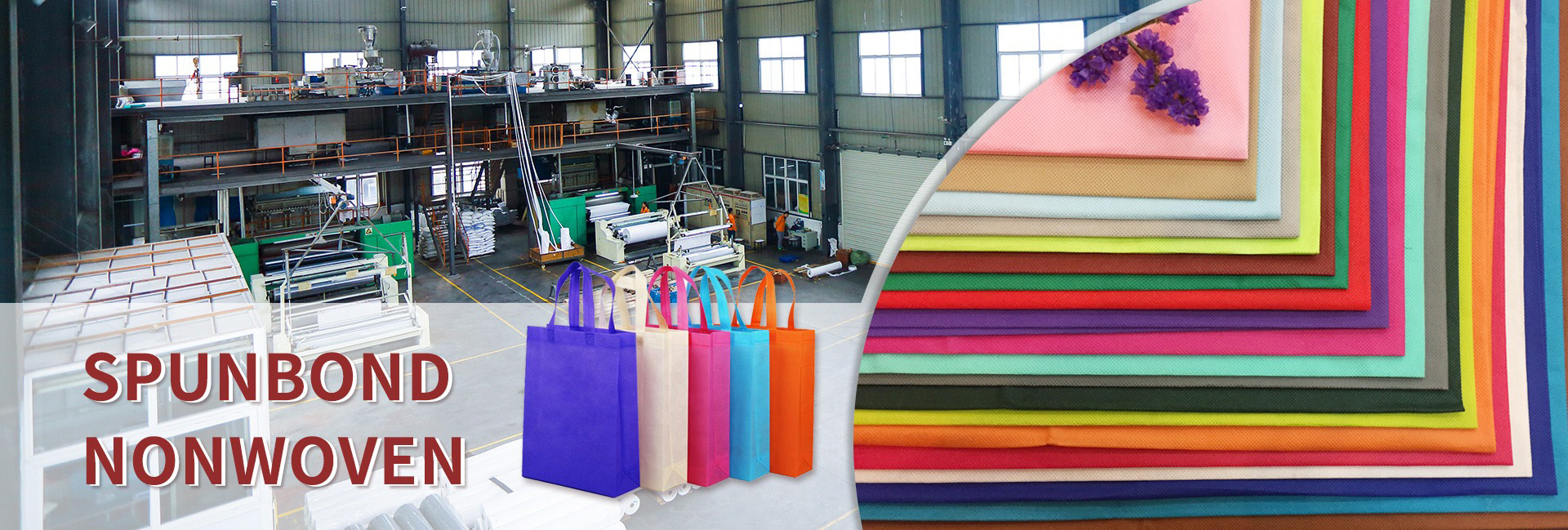Non-woven polypropylene fabric has become a highly adaptable substance with several uses across multiple sectors. This unusual fabric is created by bonding polypropylene strands together with heat or chemical techniques to create a strong, lightweight fabric. We shall examine the features, uses, and benefits of polypropylene non-woven fabric in this blog post. This fabric is now a necessary part of many industries, from automotive and geotextiles to medicinal and hygiene items.
Comprehending Non-Woven Polypropylene Fabric
Extrusion of polypropylene fibers is followed by chemical, mechanical, or thermal bonding to create polypropylene non-woven fabric. The strands that make up the fabric’s structure are distributed randomly and are fused together to form a cohesive, stable material. The fabric gains a number of advantageous qualities as a result of this procedure, including high tensile strength, superior breathability, water resistance, and resistance to chemicals and UV light. Non-woven polypropylene fabric comes in a range of weights, thicknesses, and colors, so it may be used in a variety of settings.
Uses for Non-Woven Polypropylene Fabric
Non-woven polypropylene is widely used in many different sectors. Because of its superior barrier qualities and capacity to stop the spread of infections, it is utilized in the medical field in surgical gowns, masks, hats, and drapes. This fabric’s softness, absorption capabilities, and breathability are used by the hygiene industry in diapers, sanitary napkins, and wipes. Because of its longevity, resilience to abrasion, and capacity to reduce noise, polypropylene non-woven fabric finds application in interior trim elements, upholstery, and insulation within the car industry. Furthermore, this fabric finds extensive use in geotextiles for applications such as separation, filtration, and erosion control.
Benefits of Non-Woven Polypropylene Fabric
Numerous noteworthy benefits of polypropylene spunbond non-woven fabric contribute to its widespread use in various industries. Its lightweight and breathable nature ensures comfort and permits air and perspiration to pass through, all the while preserving the essential barrier qualities. The fabric is long-lasting and resilient in a variety of applications due to its high tensile strength and resistance to tearing. Because polypropylene non-woven fabric is chemically resistant, it can be used in settings where exposure to corrosive materials is a risk. The fabric is also non-toxic, hypoallergenic, and recyclable, which makes it safe for the environment and for people.
Customization and Innovation in Polypropylene Non-Woven Fabric (Word count: 200)
Non-woven polypropylene fabric can be customized to fulfill certain application needs. To obtain desired qualities, fabric manufacturers might modify the fabric’s weight, thickness, porosity, and surface characteristics. Functionalities like flame retardancy, antibacteriality, and anti-static qualities can be improved with creative treatments. To produce composite structures with better performance, the cloth can also be bonded with other materials. Polypropylene non-woven fabric is a versatile solution that can be applied to a wide range of industries and uses thanks to its innovative and customizable options.
Eco-Friendliness and Sustainability
Because it is environmentally friendly, polypropylene non-woven fabric is in line with sustainability objectives. Because the cloth is recyclable and may be made into new goods, less waste and less damage to the environment are produced. In addition, compared to the manufacture of traditional woven fabrics, the non-woven polypropylene fabric produces fewer greenhouse gas emissions and uses less energy during production. This fabric’s lightweight characteristics also help to lower energy and transportation expenses. With sustainability becoming a top priority for businesses, producers who want to reduce their environmental impact can make ethical decisions by using polypropylene nonwoven fabric.
Conclusion Regarding Non-Weave Polypropylene Fabric
Non-woven polypropylene fabric has made a name for itself in a number of industries thanks to its favorable qualities, durability,eco-friendliness and adaptability. This fabric has uses in a variety of areas, including geotextiles, automotive components, and medicinal and hygiene items. Manufacturers prefer it because of its adjustable features, chemical resistance, breathability, and lightweight nature. Furthermore, the fabric’s recyclable and environmentally friendly qualities support sustainable practices. Polypropylene non-woven fabric will develop further and offer even more opportunities and uses across sectors as technology and innovation advance.
Post time: Jan-29-2024

